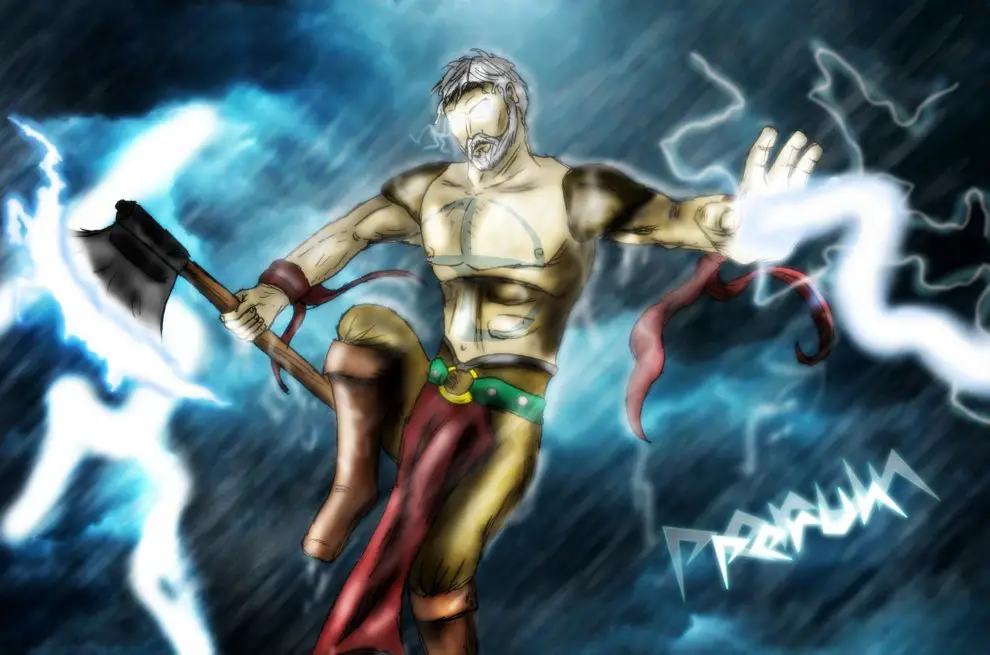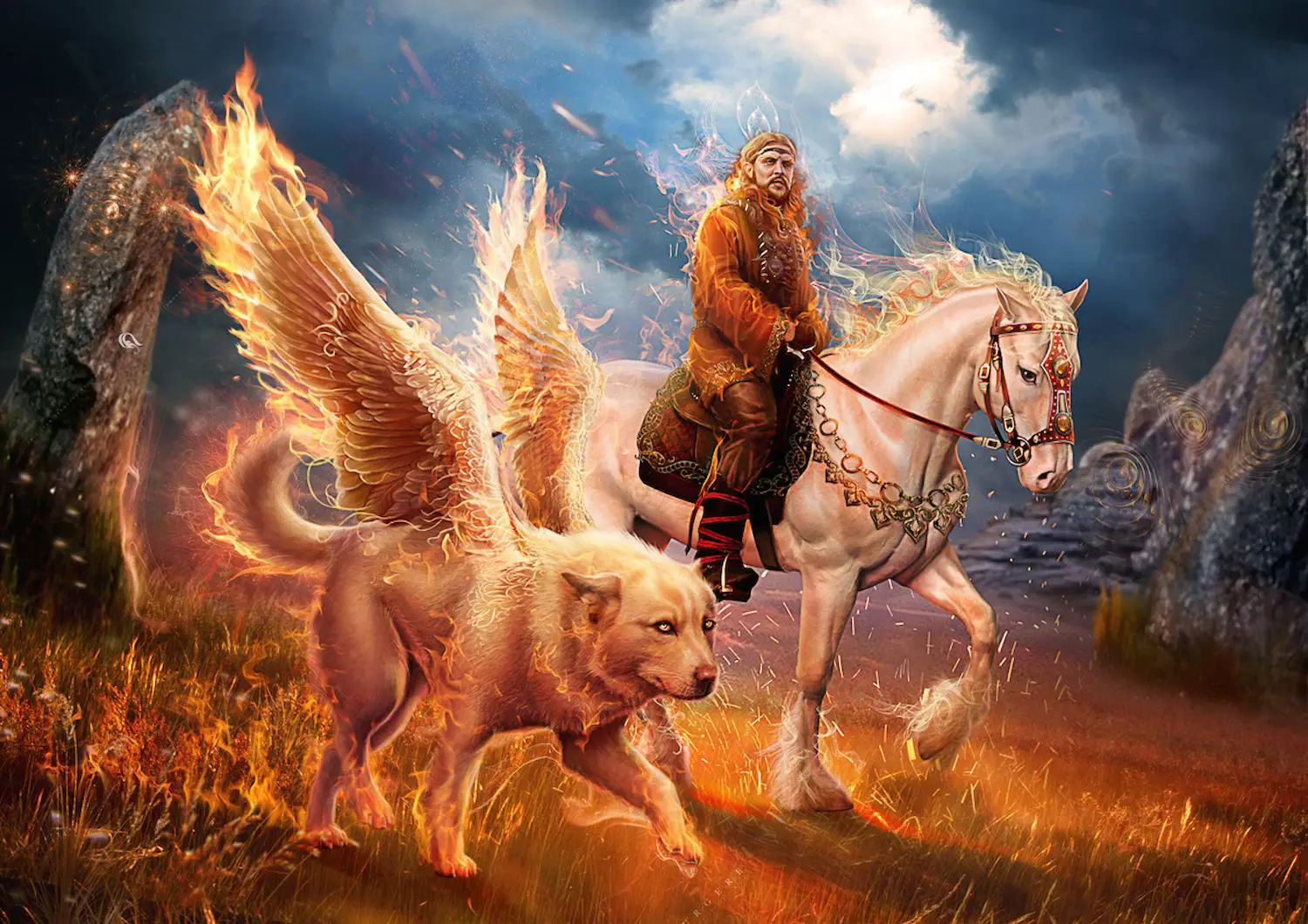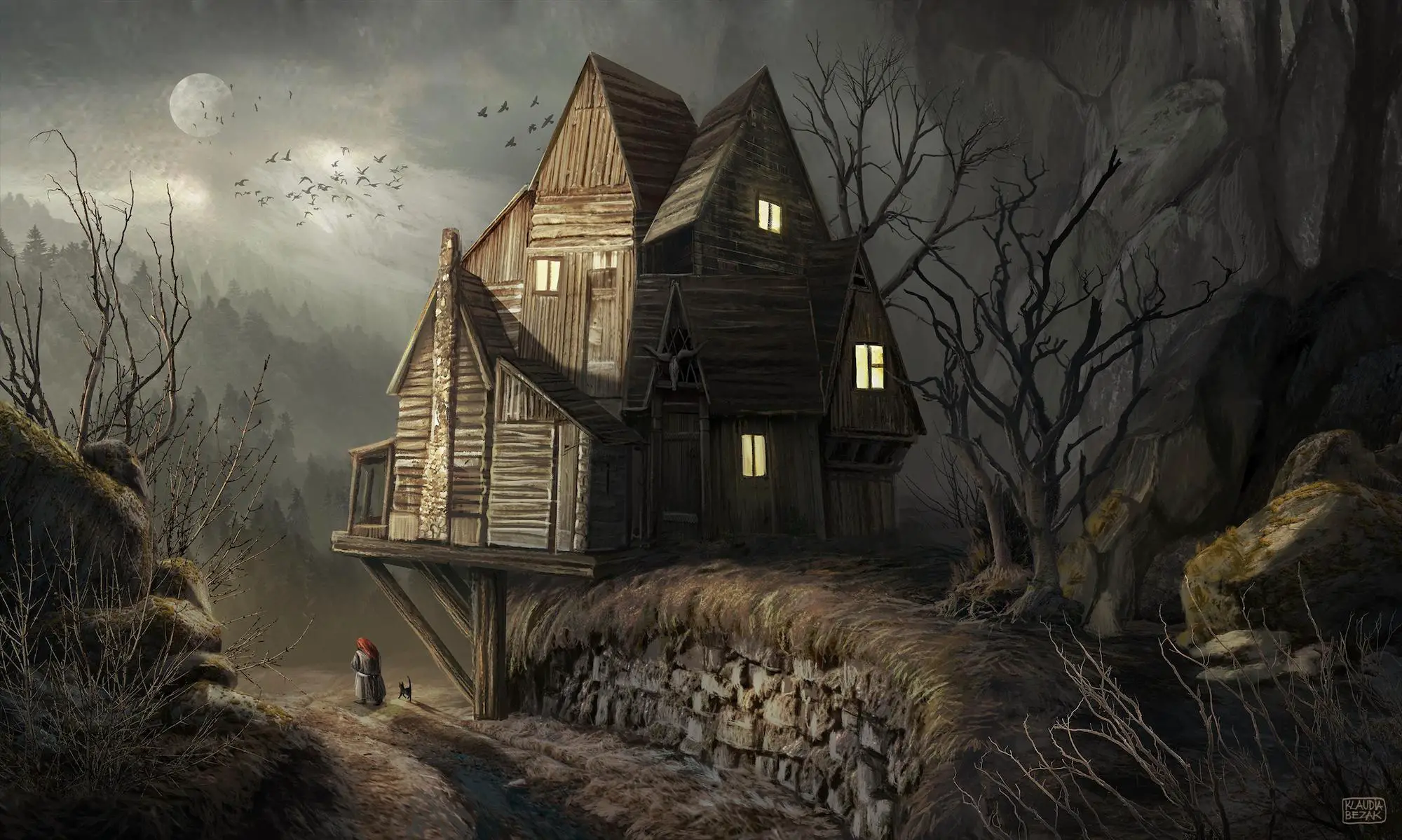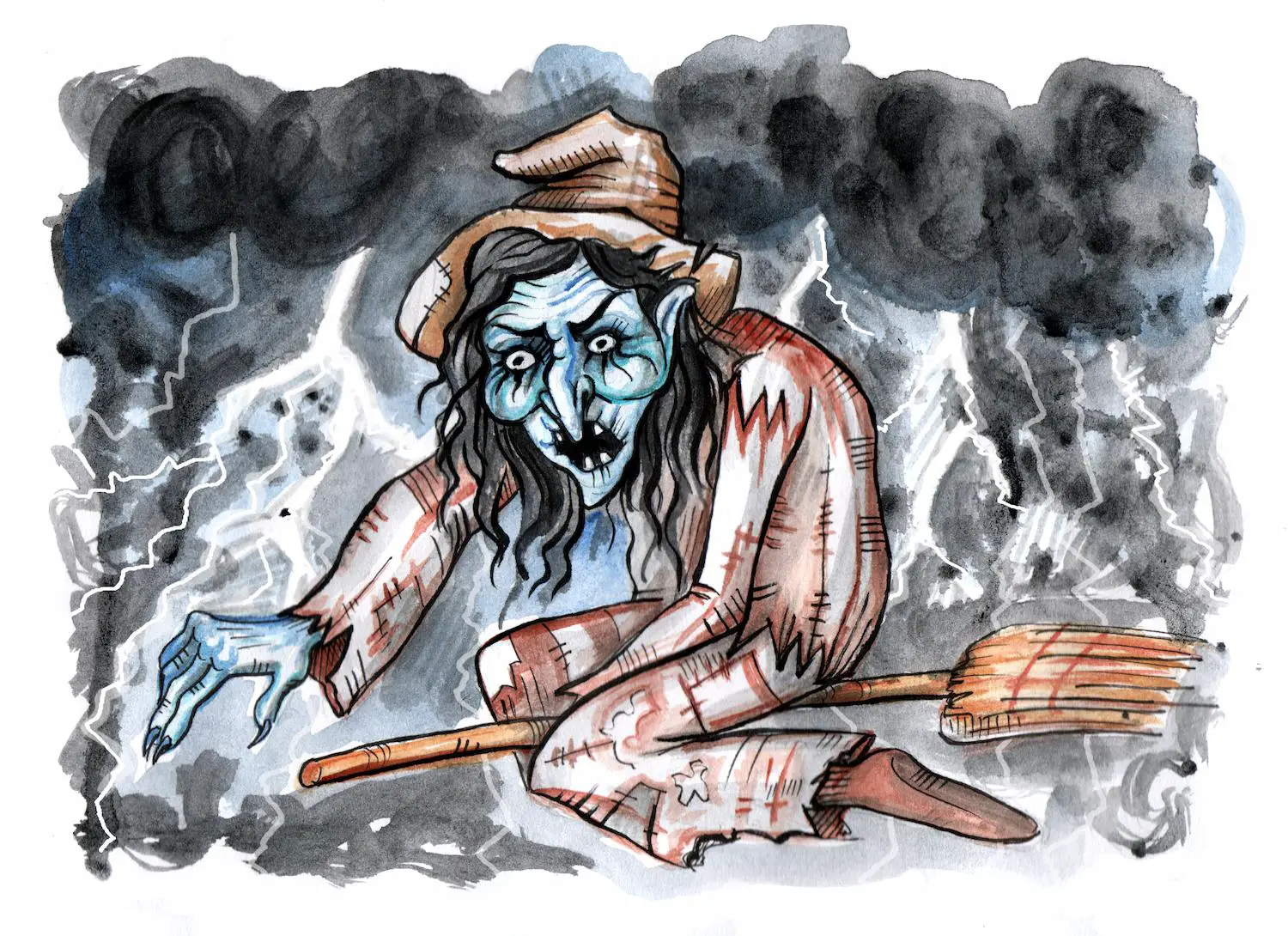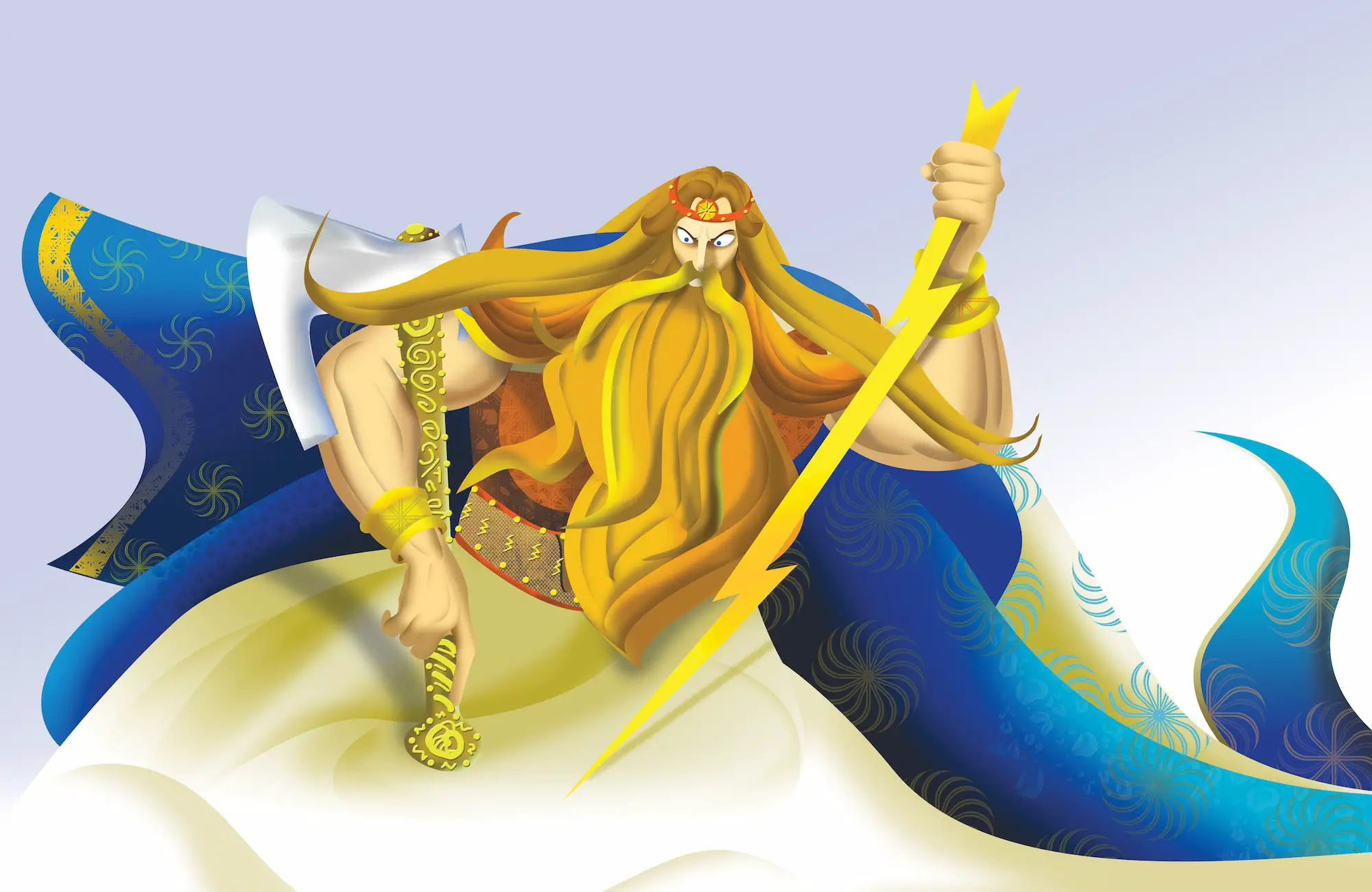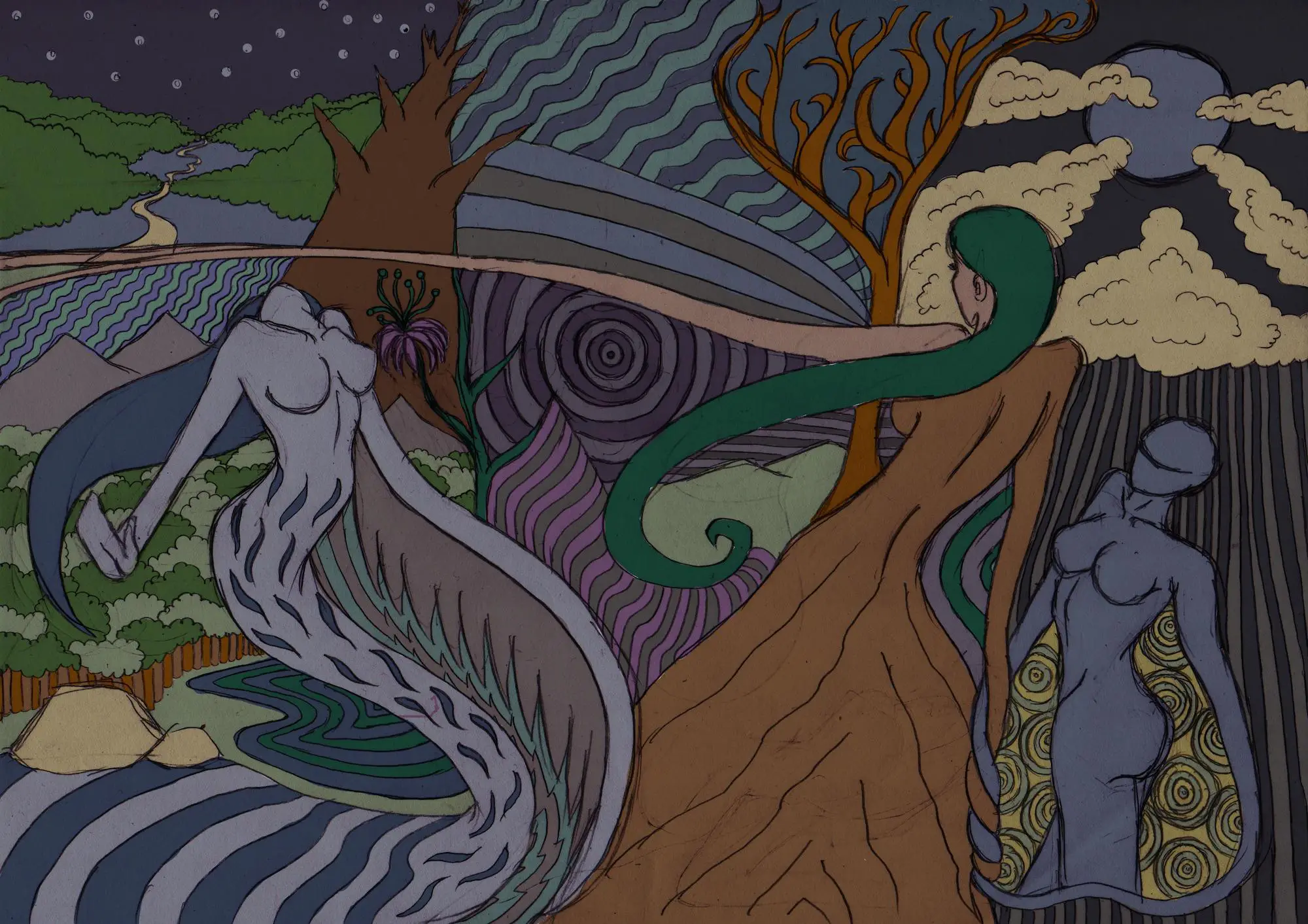Like many other Slavic nations, Croatia developed its myths and legends that in some ways diverged from the overall Slavic mythology.
While most stories and myths share the same structure and characters, some are unique to Croats.
In this article, I will talk to you about some of the most famous stories and legends that originated from the minds of the Croatian people.
So, buckle up, and let me tell you about some of the most well-known legends from Croatian mythology.
Table of Contents
Croatian Folklore Stories and Legends
The Curse of King Zvonimir
This Croatian myth, based on the legend about the assassination of King Zvonimir, is extremely interesting. King Zvonimir was an actual person who ruled Croatia and Dalmatia [1]. Zvonimir was the first Croatian ruler, officially recognized by the Papal state.
Crowned in Solin in 1076, as a ruler, Zvonimir focused on the economic and cultural development of the Croatian state. The years of his reign were relatively peaceful (remember, he ruled in the late 11th century, so completely peaceful wasn’t really an option).
He died in 1089 under mysterious circumstances that still plague the minds of historians.
The circumstances surrounding his passing, and later the succession of the Croatian throne, were the main inspiration for legends and myths about this ruler.
Because of his demise, the power of Croatian royalty diminished exponentially to a point where Croatia was never again an independent kingdom with its own native ruler.
The legend says that Zvonimir cursed his killers and his whole nation by stating that for the next 1000 years, Croatia will not have a ruler of their own blood. And, if you look at the course of history, you could say that the curse did its job.
This myth was and still is a topic of discussion among Croatian people, politicians, and scholars.
Vedi and Giants
Myths about giants are commonplace in many different mythologies around the world. They can be found in Greece, Roman, and, yes, even in Slavic folklore.
So, when we are talking about Vedi and Giants, we are talking about Slavic, and in particular Croatian versions of these myths.
Both Vedi and Giants are humongous creatures with bodies covered with hair. They usually live in mountains or deep inside forests.
In some stories, Vedi are as tall as a mountain (which makes them difficult to miss). In most mythological stories, these creatures are depicted as good and kind-hearted souls (although not always bright).
The Croatian word for a giant is Div. So, a better heading for this part of the article would be “Vedi and Divovi” (plural for Div). Divovi would often help people with their housework in return for some food and shelter.
But, there are also a couple of stories in which they are evil and tend to kidnap people and keep them captive (for entertainment purposes, I suppose).
Krsnik: The Vampire Hunter
Krsnik, in my opinion, is one of the most interesting creatures from Slavic mythology. He can leave his human body, and travel the world as an animal spirit (it was never specifically said which animal, but nevertheless, so cool).
Krsnik fights vampires, vukodlak or wurdulak (essentially a werewolf of Croatian folklore), and other evil spirits that roam the night.
The Slavic version of fairies called Ville, taught him all about medicine and magic. Krsnik not only fights monsters but helps heal people and cattle from various diseases. The origin of his name “Krsnik” can be found in the word “krst,” meaning a cross.
Krst was also a stone that people in Croatia used to denote village boundaries. So, maybe, Krsnik was some kind of a village protector.
After the Christianization of the Slavic people in the Balkans happened, Krsnik’s origin story changed a little. It wasn’t Villas who taught him magic, but instead, he attended a school of black magic in ancient Babylon (even cooler) [2].
Orko: The Fairy Horse
We have all heard about magical horses (right?). There are so many of them (in almost every folklore from around the world). You’ve got Pegasus, from Greek legends, you’ve got Unicorns, and so on. But, wait until I tell you about Orko.
Orko is a fairy horse cursed by God. He is a spirit that, kind of, forms from chicken droppings that stayed uncleaned for at least seven years (I don’t know).
Orko will get between people’s legs and transport them to some foreign land (like a desert or a swamp), and he would just leave them there. This is one of those folk stories that makes you ask a question: What the hell happened out there?
Croatian Gods
Slavic mythology, and in turn Croatian as well, had its share of gods and goddesses. Here is a brief segment about some of the most famous ones.
Perun
In Slavic folk stories, Perun is a supreme god (kind of like Zeus in Greek mythology). He is a god of thunder, skies, storms, and oak trees (a sacred tree in Slavic mythology).
Perun is often associated with weapons made from stone and/or metal. He was also a god of war, and as such, was armed with some pretty powerful weapons.
His armament included firestone arrows (special arrows, kind of like thunderbolts) and golden apples. Now, why golden apples (you might ask)?
Well, in Slavic mythology, golden apples were known as the ultimate force of destruction (think of it as a nuclear bomb, and you’ll get the picture).
His archnemesis was a Slavic god of the underworld called Veles.
Veles
Apart from being stuck in a long-time feud with Perun, Veles is also a Slavic god of earth, livestock, waters, and the underworld, often depicted as a dragon (or a serpent).
Veles is associated with the willow tree. He is one of the few gods that almost all Slavic people revered, feared, and worshiped.
In the Primary Chronicle, Veles is depicted as a god of cattle and peasants [3]. He would punish people who break oaths and would bring diseases to their doorstep.
Veles is forever waging a permanent, cyclical war with the supreme god Perun. Every year they would have a battle which would always end in Velese’s death.
But, because we are talking about gods, death was never permanent. Veles would resurrect, and the ultimate battle would continue.
Related post: Book of Veles
Triglav
This Slavic deity represents all three major gods (Perun, Svarog, and Dazhbog) combined into one.
Triglav roughly translates to someone who has 3 heads. He has golden blindfolds over all six of his eyes (remember, he has 3 heads).
According to researchers of Slavic deities, Triglav’s 3 heads were a representation of the sky, earth, and the underworld. There were many temples and statues made in Triglav’s honor (most of them located in modern-day Poland).
Unfortunately, during the Christianization of the Slavic tribes, most of the statues and temples dedicated to the “Old gods” were destroyed.
Most of the things that we know about ancient Slavic gods came from oral tradition because early Christians were meticulous in destroying all traces of the old Slavic gods and goddesses.
Stribog
Another god that ancient Slavs worshiped was called Stribog. He was a god of the wind and distribution of wealth (who knows how those two connect).
Vladimir the Great was responsible for erecting statues of Stribog (and many other Slavic gods).
Much of the intrigue behind Stribog lies in the etymology of his name. Some researches suggest that his name translates to “father of all gods.” On the other hand, some suggest that strig (from Stribog) translates to uncle. So, it’s something like uncle god?
The Bottom Line
I hope you’ve enjoyed this short excursion into the wonderful world of Croatian mythology.
As far as the history and the origins of these legends go, there are many unanswered questions. Hopefully, with these articles, we managed to shed some light “around” the mystery that is Slavic mythology.
If you’ve liked this article and would like to read more about Slavic mythological creatures, be sure to check out this one about a Slavic woodland fairy.
Sources
- https://www.britannica.com/place/Dalmatia
- https://www.livescience.com/28701-ancient-babylon-center-of-mesopotamian-civilization.html
- https://www.britannica.com/topic/The-Russian-Primary-Chronicle







